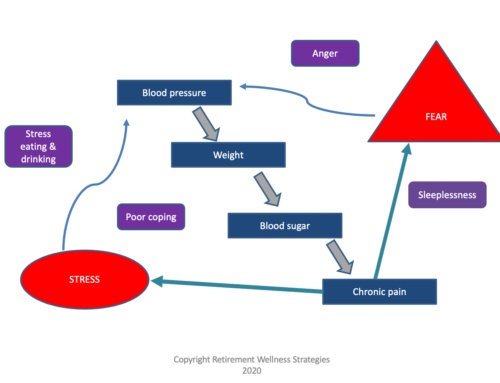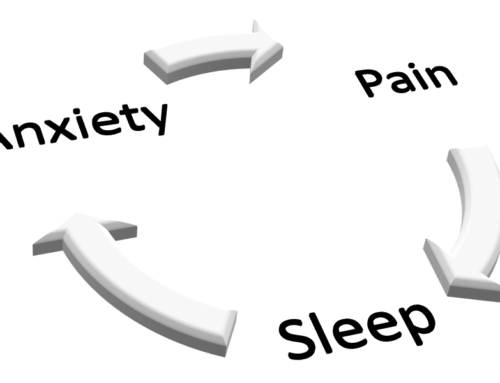You are aging. No matter your overall health, your lifestyle choice, your beliefs about the medical system, you are aging.
If you do EVERYTHING right when it comes to healthy living, will aging stop? No.
Here are some changes that occur in all of us with aging.
- Kidney function starts a very gradual decline in your late 30’s or early 40’s.
- Liver size and blood flow to your liver diminish. The number of cells shrinks. There is less activity of the enzymes that break down medications.
- Food and medications move through the intestine more slowly.
- The volume of urine that the bladder can hold decreases. Bladder muscles weaken.
- For men, the prostate gland increases in size.
- For women, the urethra shortens and becomes thinner. So, risk of urinary tract infection goes up.
- Muscles weaken as growth hormone levels decline.
- Aldosterone levels decrease, so risk of dehydration goes up.
- The immune system slows down. So, risk of infection and cancer go up. Also, it can take longer to treat an infection.
- Heart muscle and blood vessels get stiffer. This can increase risk of high blood pressure. Also, with exercise, the heart can’t pump as much blood or speed up as much as it did at younger ages. So, exercise capacity is lower.
- The muscles involved in breathing weaken. There is a decline in the number of small sacs in the lungs where oxygen is passed to the blood.
- The amount of water in the body goes down while the body fat goes up.
This is not intended to alarm or depress you. With aging also comes wisdom, experience, tolerance, and the benefits of many life lessons. So, celebrate the process with its good and challenging elements.
As a pharmacist, I want you to understand how and why medications should be prescribed differently at different ages. Any medical conditions; habits such as smoking or excess alcohol consumption; excess weight; and other factors can further impact how medication actions change over time.
The first step of a medication’s actions comes when it is presented to the body. Most often it is swallowed and then has to be absorbed. Absorption is not impacted very much by normal aging, but it is impacted by medications that lower stomach acid, change the rate of the gastrointestinal tract, or by stomach or intestine procedures.
The second step is distribution. The medication, once absorbed, is distributed throughout the body. Some medications prefer fat and other prefer water. As we age, we have more body fat and less body water. So, medications that love water are more concentrated in the overall smaller total amount of water. The medications that love fat are distributed to more places and can be harder to gather it all back together to get rid of it.
The third step is metabolism. This is how the medication is broken down in the body. Some medications have to be broken down in order to get rid of them. Others have to be broken down in order to reach their more active form. Metabolism happens in the liver. Over time, the liver becomes less active, so it takes longer to break down some medications.
The fourth step is elimination. This is how the medication leaves the body. Most medications are either eliminated through the urine or through the feces (stool). So, any decrease in kidney function will slow down the elimination through the urine. Any slowing, shortening, or other issues with the intestines and colon can impact the elimination through the feces.
The important point of mentioning all of this is to make you aware that medications act differently in your body as you age. The medication, the dose, the timing that was good for you 10 years ago might not be the best for you now. Your doctor shouldn’t prescribe medications in the same way for a 70 year old person as prescribed for a 30 year old person.
I encourage you to ask your doctor and your pharmacist to carefully review your medications to be sure all are correct for your age and your unique set of medical conditions.
We would also be happy to provide that very thorough assessment for you. You can contact us at www.medsmash.com.
For further application, check out my personal blog.
Image source: National Institute of Aging; National Institutes of Health; US Department of Health and Human Services.






